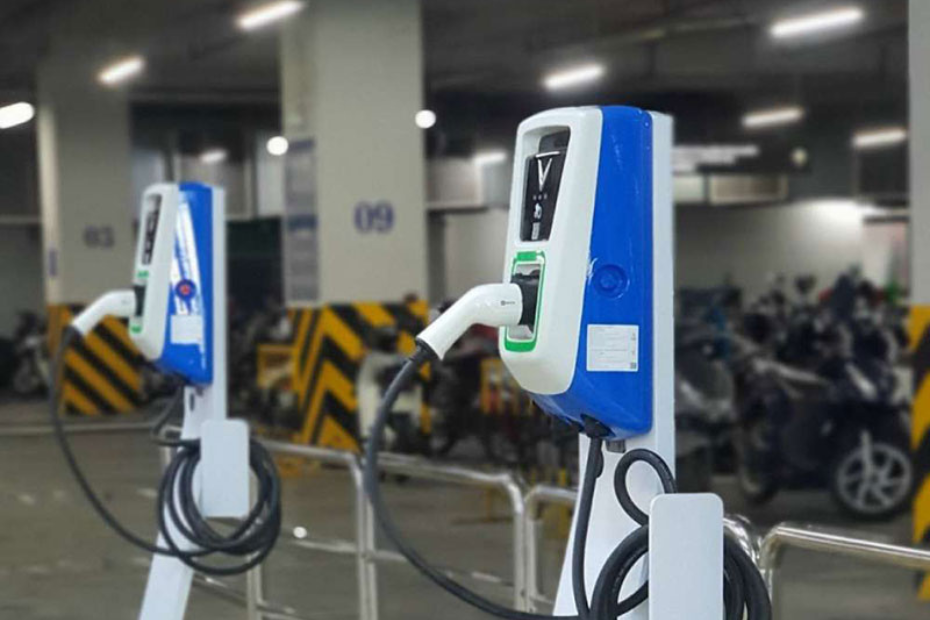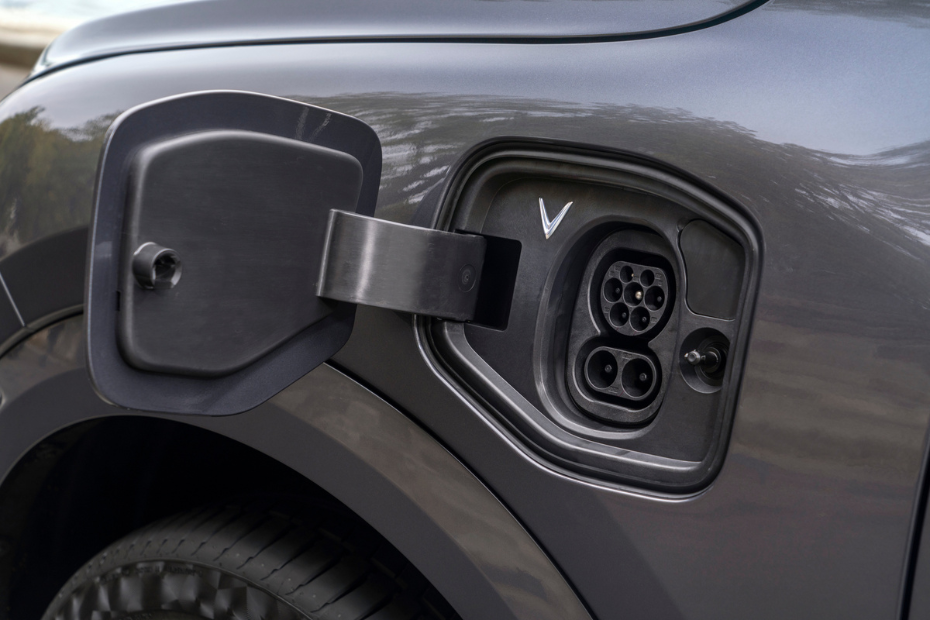A Primer On EV Fast Charging Technology

Electric vehicles (EVs) are great for the environment and for your wallet, but there’s one thing that makes owning an EV difficult—how long it takes to charge.
There are two main types of chargers for EVs—Level 1 (120V) and Level 2 (240V). While both can take hours if you’re using them at home, they’re nearly useless on road trips since there aren’t enough stations to support drivers who rely solely on charging their vehicle while traveling.
Luckily, there’s another option—DC Fast Charging stations that can charge your vehicle up to 80% in 30 minutes or less! We’ll explain how this technology works so you can decide if it’s right for you.
The infrastructure is not yet in place for EV fast charging to be as ubiquitous as gas stations are today. It’s getting better—the market has more than tripled in the last few years thanks to growing demand, but according to Charge Point, America still needs nearly 15x more public chargers to meet its energy needs.
In this article, we’ll explain how a charger creates electricity for an EV and then focus our discussion on Level 3 DC Fast Charging systems (DCFC).
Different EVs have different capacities for charging speeds; charging stations also have different capacities, and the maximum rate of your charging session is determined by whichever is lower, the capability of the car or the charger. For example, a 50 kW capable EV would not charge any faster at a 350 kW station. Also, it is worth noting that higher capable vehicles can charge at lower capable stations, they are just limited to what the station can provide.

When you park your EV at a charger, it connects to a power source that delivers electricity from an outlet in your garage or from an outlet on the other side of town or country. The charger converts electricity into direct current (DC) for use by your car’s battery pack. This can happen at various rates depending on the strength of your charger. A Level 1 charger has one input port with 120–240 volts AC voltage; it outputs 12–24 V DC power at 2 kilowatts per minute (kW/min) maximum. If you have an EV with a 6 kW hour battery capacity, it would take approximately 8 hours and 15 minutes to fully charge using this kind of system.
A Level 2 charger has two input ports with 120/208 VAC available through one plug while another provides 240 VAC through three plugs; both inputs deliver 12–48 VDC power at 7 kW/min maximum; if you have an EV with 10 kWh battery capacity, it would take approximately 4 hours 20 minutes to fully charge using this kind of system.
Which EVs can use fast charging?
Most EVs are capable of fast charging. Fast chargers typically have power levels from 50 kW all the way to 350 kW. The speed at which vehicles charge is usually decided by the vehicle’s Battery Management System (or BMS— it’s sort of like the vehicle’s “brain”).
Whether or note an EV can use fast charging is also determined by the type of charging port. A Type 2 (Mennekes) connector is found on most AC and DC fast chargers. However, EVs may not be able to charge at the full speed provided by each charger. Depending on the model, older EVs frequently use Type 1 (J1772) or Commando connectors.
As a result, EV owners should carefully examine the connector on their vehicle to determine whether it is compatible with fast charging. DC super-fast chargers typically use one of two connector types, CCS or CHAdeMO, with the latter being less common. The CCS connector, on the other hand, is as popular as the Type 2 (Mennekes), which is compatible with a large number of new EVs. Vehicle owners should check their vehicle’s documentation to see what type of connector it has.
Is Fast Charging Harmful To The Ev?
The good news is most electric car owners don’t have to worry that repeated fast charging during long-distance driving will damage the battery. Manufacturers are continuously developing and supplying the market with long-life batteries that can be charged quickly and multiple times while increasing the performance of EVs.
As a result, if not abused, fast charging will not reduce the life of the battery or the operating range of EVs. That said, itt is completely normal for EV batteries to degrade over time. Even when not in use, the battery loses about 2% of its capacity each year. The range of EVs will then naturally decrease over time.

Should I Use A Fast Charger For My EV?
The truth is that fast-charging an EV battery on a regular basis will have little effect if the vehicle has an active battery cooling system. However, EV owners should only use fast charging or plug in a DC charger when necessary.
All EVs (EVs) and Plug-in Hybrid EVs (PHEVs) are capable of AC Level 2 charging. Because AC Level 2 charging is done at a slower rate, it’s best for people who don’t mind waiting a few hours for their cars to recharge. Many workplaces and homes are equipped with AC Level 2 chargers, and EVgo has a network of public AC Level 2 stations available as well.
Most of the time, it is more convenient and cost-effective to plug in and charge the car overnight at home. Furthermore, not all models include a modern cooling system for EV batteries while in use. In this case, high-frequency super-fast charging causes electric car batteries to deteriorate up to 10% faster than conventional slow charging.
Fast charging’s negative impact on EV battery health is also dependent on technology and the vehicle’s thermal management system. Faster charging speeds generate more waste heat—and heat is one of the factors that accelerates the degradation of Li-ion batteries in the long run. If an EV is continuously fast charged for an extended period of time, the lithium-ion battery may deplete over time.
Notes When Using An EV Fast Charger
DC fast charging is best for charging vehicles “up to 80% full.” Afterwards, the charging rate slows down, and it’s generally a better use of time to switch to an AC Level 2 charger. EV owners should only use EV fast charging technology for long-distance trips, when there is insufficient time to charge the battery or charging at home is impossible. The charging speed of EVs is not the same throughout the entire charging process, because the battery will be fully charged quickly at the end.
Current fast charging stations are fully equipped with technologies to support the preservation of EV batteries. To ensure safety and the longevity of the battery life, modern charging points can automatically warm up the battery before charging it to full capacity and reduce the charging capacity if the battery starts to overheat or has reached 80% of its energy.
Thus, when used at the appropriate frequency and with a modern battery cooling system, fast charging technology in vehicles does not harm EV batteries. To ensure that their battery life and range are maintained, EV owners should keep the following points in mind when fast charging.
Conclusion
Hopefully, this article has given you some insight into how EV fast charging works. The future of transportation is electric, and it’s exciting to see how quickly the industry is growing. We’ll continue to update this article as new developments in the world of EVs arise.
Bạn cần đăng nhập để tương tác với nội dung này: Đăng nhập.


